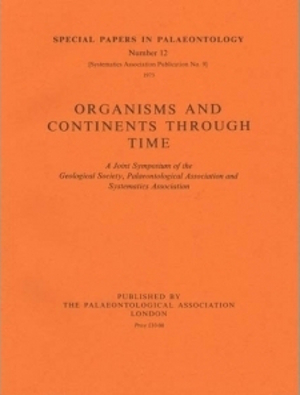Reg. Charity No. 1168330

This paper deals with aspects of the distribution of terrestrial plants and palaeocontinents in the Late Palaeozoic. The quality of the palaeobotanical data is considered in relation to choice of time intervals, choice of taxonomic and floristic units, and subjectivity of the fossil record. The Early Carboniferous and a loosely defined Late Carboniferous/Early Permian are chosen as the most convenient time intervals for the presentation of data, while the genus is taken as the most appropriate taxon for this treatment. The world distribution of palaeofloristic units, defined in terms of selected genera, is then given for these two phases of the Late Palaeozoic period. The distribution patterns are considered in terms of offered reconstructions of continental positions and climate.